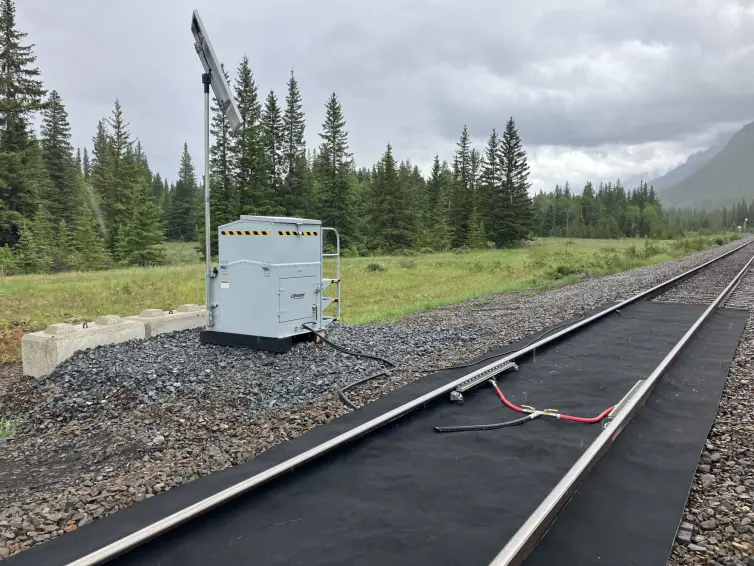Internet of Things
- Oct 02, 2019
- Rail
The benefits of a successfully implemented friction management program for the heavy haul railroad include extended rail life, reduced track damaging forces, reduced rolling contact fatigue, and improved consist fuel economy. This is an abstract from a paper presented by L.B. Foster‘s Joel VanderMarel at the American Railway Engineering and Maintenance of Way Association (AREMA) 2019 conference with Railway Interchange.
Railroads often struggle in achieving a high friction management program uptime. This can limit the railroad’s ability to realize the maximum benefit and return on investment of the program.
Internet of Things technology enables railroads to simultaneously maximize the benefits of friction management programs, while reducing the costs associated with operating the program. This includes the ability to easily monitor the uptime of application systems, optimizing application rates and improving insight into the operational status of application systems. It also reduces the track time required to troubleshoot systems, eliminating return visits to systems for maintenance, and reduces the management resources required to effectively run the friction management program.
Beginning in 2017, state-of-the-art remote asset monitoring equipment was installed on 287 trackside application systems
(both gauge face lubrication and top of rail friction management) along a 1,400-mile segment of Class 1 heavy haul track. Using monitoring equipment, data analytics and predictive maintenance algorithms, the program efficiently identified, prioritized and scheduled service work. In 2018, the aggregated uptime for this friction management program was 95%.
VanderMarel‘s paper concludes that using IoT technology, specifically remote monitoring of equipment in rail friction management programs, the program’s maximum benefit and return on investment can be realized.
IoT technology allows friction management program operators to continuously monitor the status of their assets, achieve a high aggregated system operational uptime, and minimize costs through efficient use of management and field service resources.



